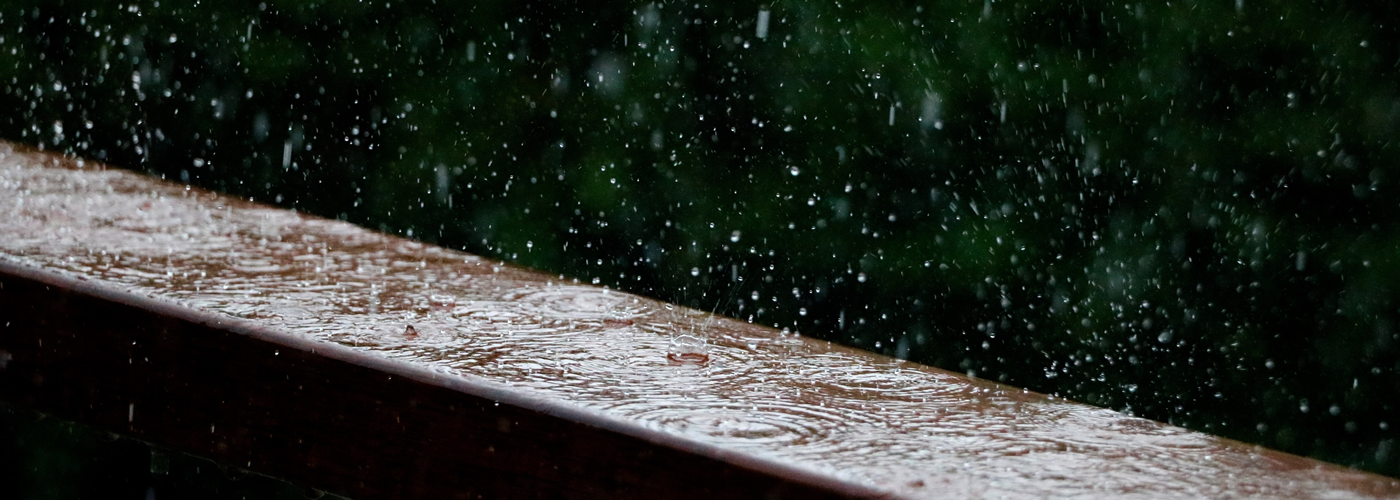

It’s something that hasn’t been seen in this country in at least 20 years. For the first time since the U.S. Drought Monitor has been keeping track of drought conditions across the country, no severe drought conditions were found in any of the lower 48 states. Indeed, the coverage of even moderate drought conditions are at their lowest level, less than 4% of the country, in the past 20 years. While this comes as good news for the often drought-ridden West, it also has a major downside across much of the eastern two-thirds of the country; widespread flooding and persistently high river levels.
When averaged over the entire country, the past 12 months haven’t just been wet; it’s actually been the wettest 12-month period since reliable records started in 1895. The entire country averaged 36 inches of precipitation during the period May 2018 through April 2019. Many locations, especially across the eastern two-thirds of the country, are running 10 to 20 inches above their normal precipitation amounts. From above average late-season snow, followed by multiple rounds of heavy rain across the mid-section of the country, many rivers have experienced multiple flood events and/or extended periods of flooding, over the course of the late winter into the spring months.
Looking forward to the rest of meteorological summer, the months of June, July, and August, conditions still look to stay wetter than average for much of the Missouri, Mississippi, and Ohio River Valley regions. Precipitation also looks to run well above average in the Intermountain West; though the Pacific Northwest and Desert Southwest are expecting drier than average conditions. These are the only small sections of the country where current drought conditions may persist into the summer.




